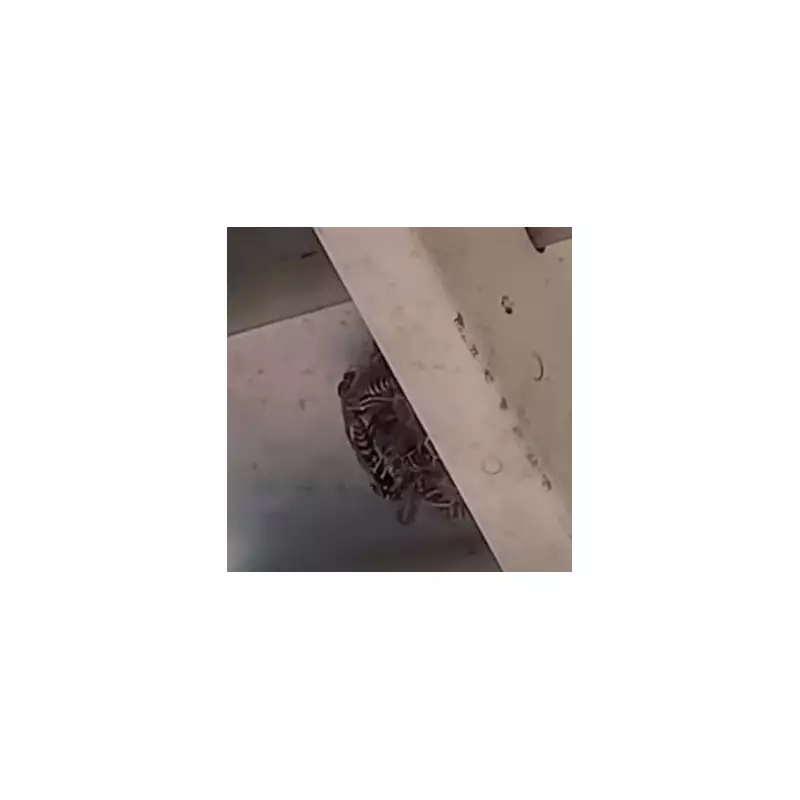
A bizarre and alarming discovery at a US nuclear facility has prompted an urgent cleanup operation after a wasp nest was found to be contaminated with radioactive material.
The nest, built by paper wasps, was located at the Hanford Site in Washington State—a decommissioned nuclear production complex that once played a key role in America's atomic weapons program.
How Did Wasps Become Radioactive?
Experts believe the insects inadvertently gathered radioactive particles while constructing their nest, possibly from contaminated soil or materials in the area. The nest was found in a rarely accessed section of the facility, highlighting potential gaps in routine monitoring.
Emergency Response Activated
Upon detection, officials swiftly cordoned off the area and deployed specialised teams to safely remove the nest. Workers wore protective gear as a precaution, though initial assessments suggest the radiation levels posed no immediate threat to human health.
Safety Concerns Raised
This incident has reignited debates about environmental safety at former nuclear sites. "While the risk here was low, it's a stark reminder that these facilities require eternal vigilance," said a spokesperson for the Washington State Department of Ecology.
The Hanford Site, spanning 586 square miles, contains 56 million gallons of radioactive waste stored in aging underground tanks—some of which have leaked in the past.
Nature's Unlikely Nuclear Indicators
This isn't the first time wildlife has revealed contamination issues. Previous cases include radioactive rabbits at the site and contaminated ants detected near other nuclear facilities worldwide.
Ecologists note that insects and small animals can serve as unexpected indicators of environmental hazards, often accessing areas that human monitors might miss.
Ongoing Monitoring
The Department of Energy has announced enhanced surveillance measures, including more frequent inspections and the possible use of drone technology to monitor hard-to-reach areas for similar biological contamination.
Meanwhile, entomologists are studying whether the wasps showed any behavioural changes due to radiation exposure, though the nest appeared normal apart from its dangerous cargo.





